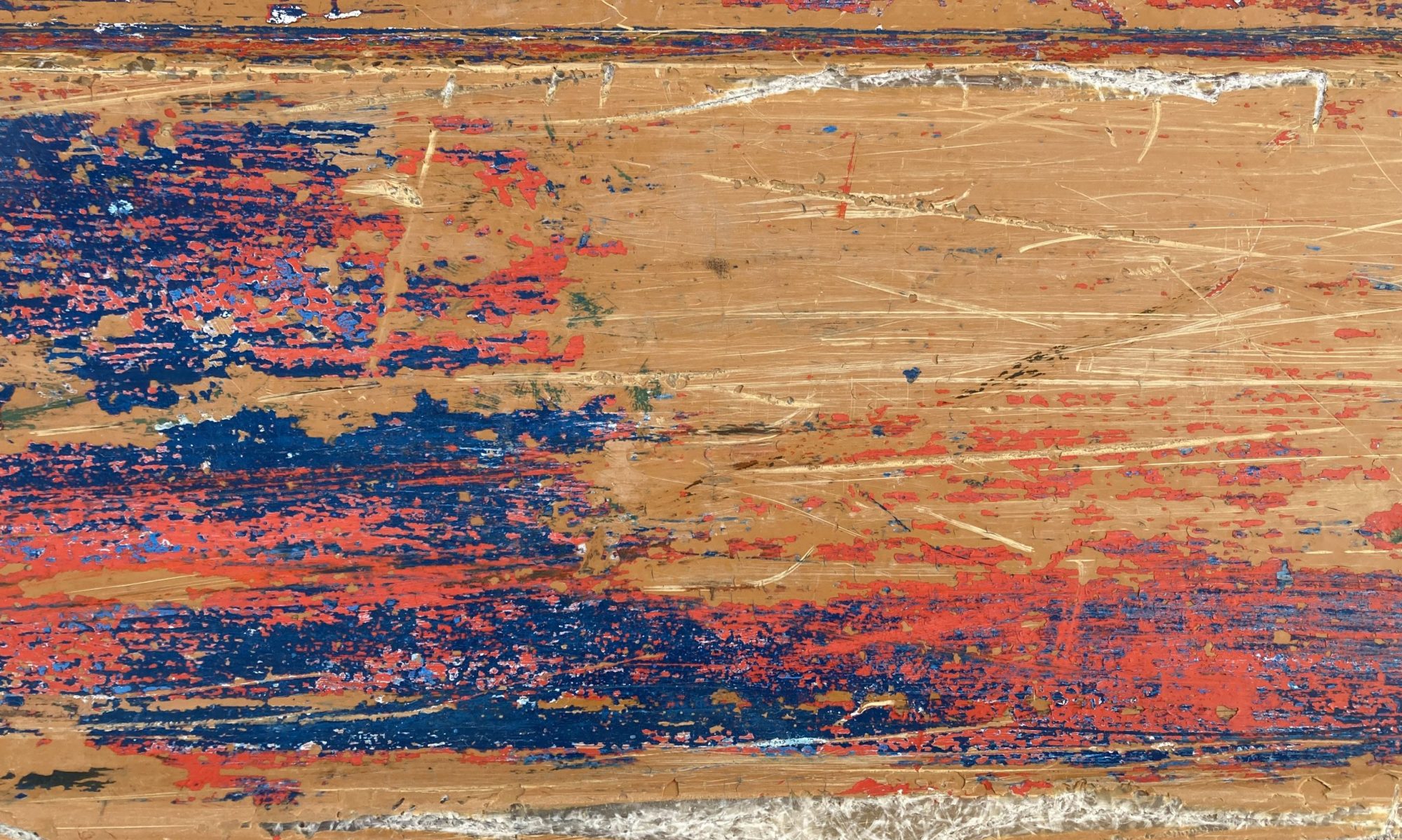 Multispecies research is an emerging field of study that focuses on the contact zones between species (Tsing, 2015/2020; van Dooren et al., 2016). Multispecies storytelling and “small” stories about everyday life provide an opportunity to explore how children and other than human beings (animals, plants, microbes, mushrooms and so on) collectively face the reality of the environmental crisis. In the processes of storytelling, also the arts of multispecies attentiveness can be fostered in order to resist the “blind spots” caused by human exceptionalism.
Multispecies research is an emerging field of study that focuses on the contact zones between species (Tsing, 2015/2020; van Dooren et al., 2016). Multispecies storytelling and “small” stories about everyday life provide an opportunity to explore how children and other than human beings (animals, plants, microbes, mushrooms and so on) collectively face the reality of the environmental crisis. In the processes of storytelling, also the arts of multispecies attentiveness can be fostered in order to resist the “blind spots” caused by human exceptionalism.
During our research, stories are told not only verbally, but also using the means of arts and crafts. Storytelling takes place across a variety of research encounters situated in different fields of education. A specific “nature-culture research station”, which can be transported around the urban environment, provides us one flexible basis for storytelling, observations and research. Some of the stories are stored in an online story archive that documents today’s childhoods and outlines a multispecies future.
The goal of multispecies storytelling is to examine the relationships with humans and other species in ways that matter to children. Stories can then become positive contagions: they not only represent the world but also build new worlds. The goal is however not to repeat romantic and nostalgic ideas of child-nature connection (Taylor, 2011). It is important that both difficult and hopeful dimensions are involved in the storytelling practice, and that children can also access complex phenomena, as the “wicked” problems of Anthropocene are not easily solvable (Hohti & MacLure, 2022; Lehtonen et al., 2018; Ruddick, 2017).
Literature:
Haraway, D. J. (2016). Staying with the trouble: Making kin in the Chthulucene. Duke University Press.
Hohti, R. & MacLure, M. (2022). Insect-thinking as resistance to education’s human exceptionalism: Relationality and cuts in more-than-human childhoods. Qualitative Inquiry, 28(3–4), 322–332. https://doi.org/10.1177/10778004211059237
Lehtonen, A., Salonen, A. O. & Cantell, H. (2019). Climate change education: A new approach for a world of wicked problems. Sustainability, human well-being, and the future of education, 339–374.
Ogden, L. A., Hall, B., & Tanita, K. (2013). Animals, plants, people, and things: A review of multispecies ethnography. Environment and society, 4(1), 5–24. https://doi.org/10.3167/ares.2013.040102
Ruddick, S. M. (2017). Rethinking the subject, reimagining worlds. Dialogues in Human Geography, 7(2), 119–139. https://doi.org/10.1177/2043820617717847
Taylor, A. (2011). Reconceptualizing the ‘nature’ of childhood. Childhood, 18(4), 420–433.
https://doi.org/10.1177/0907568211404951
Tsing. A. L. (2020). Lopun aikojen sieni: Elämää kapitalismin raunioissa. Tutkijaliitto.
van Dooren, T., Kirksey, E. & Münster, U. (2016). Multispecies studies: Cultivating arts of attentiveness. Environmental Humanities, 8(1), 1–23. https://doi.org/10.1215/22011919-3527695
Van Dooren, T., & Rose, D. B. (2012). Storied-places in a multispecies city. Humanimalia, 3(2), 1–27. https://doi.org/10.52537/humanimalia.10046
